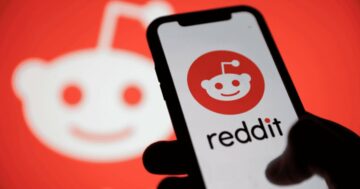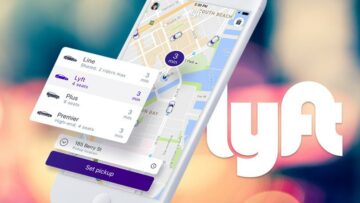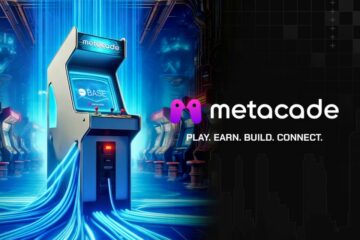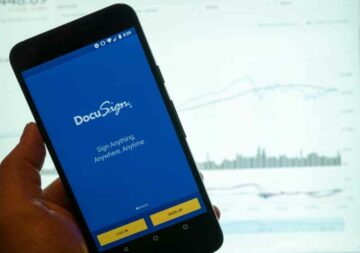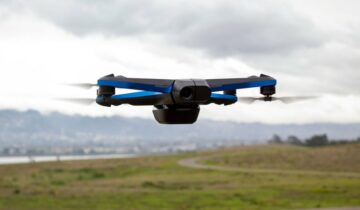OpenAI, the creator of the popular chatbot ChatGTP, has released a free tool that the AI company says is meant to “distinguish between text written by a human and text written by AIs.” However, OpenAI also warned that the tool is currently “not fully reliable.”
The tool, known as AI Classifier, is a fine-tuned GPT model that predicts how likely it is that a piece of text was generated by AI from a variety of sources, including ChatGPT. The classifier is a language model trained on the dataset of pairs of human-written and AI-written text on the same topic.
In a blog post, OpenAI said “while it is impossible to reliably detect all AI-written text, we believe good classifiers can inform mitigations for false claims that AI-generated text was written by a human: for example, running automated misinformation campaigns, using AI tools for academic dishonesty, and positioning an AI chatbot as a human.”
“Our classifier is not fully reliable. In our evaluations on a “challenge set” of English texts, our classifier correctly identifies 26% of AI-written text (true positives) as “likely AI-written,” while incorrectly labeling human-written text as AI-written 9% of the time (false positives). Our classifier’s reliability typically improves as the length of the input text increases. Compared to our previously released classifier, this new classifier is significantly more reliable on text from more recent AI systems,” OpenAI added.
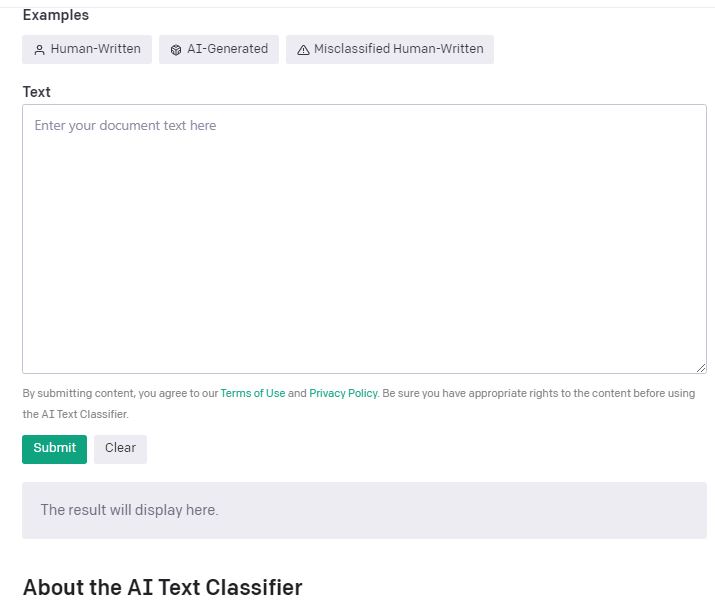
In its public beta mode, OpenAI acknowledges some of the limitations of the tool including the following:
- Current limitations:
Requires a minimum of 1,000 characters, which is approximately 150 – 250 words. - The classifier isn’t always accurate; it can mislabel both AI-generated and human-written text.
- AI-generated text can be edited easily to evade the classifier.
- The classifier is likely to get things wrong on text written by children and on text not in English, because it was primarily trained on English content written by adults.
On November 30, 2022, OpenAI took the internet by storm after it released ChatGPT. The new chatbot-powered AI, which has been hailed as a potential game-changer in the world of AI, is a language model trained by OpenAI to interact with humans in a conversational way. ChatGPT has made text- and image-generation a mainstream hit. We even asked ChatGPT to tell us about itself.
Just five days after its launch, ChatGPT crossed one million users, according to a post by Open AI co-founder Sam Altman. To put that in perspective, it took Netflix 3.5 years, Facebook 10 months, Spotify 5 months, and Instagram 2.5 months to reach the one million users mark.
Since its launch about a month ago, ChatGPT has impressed many experts with its writing ability, proficiency in handling complex tasks, and its ease of use. ChatGPT is currently free to use but Altman said the company will at some point charge people to use the chatbot that many said could one day potentially replace humans.
OpenAI was founded in late 2015 by Elon Musk and Sam Altman as a for-profit startup conducting research in artificial intelligence (AI) with the goal of promoting and developing friendly AI in such a way as to benefit humanity as a whole. OpenIA aims to “freely collaborate” with other institutions and researchers by making its patents and research open to the public. Both founders are motivated in part by concerns about existential risk from artificial general intelligence.
- SEO Powered Content & PR Distribution. Get Amplified Today.
- Platoblockchain. Web3 Metaverse Intelligence. Knowledge Amplified. Access Here.
- Source: https://techstartups.com/2023/01/31/chatgpt-creator-launches-a-free-tool-called-ai-text-classifier-to-detect-ai-generated-text/
- 000
- 1
- 10
- 2022
- a
- ability
- About
- academic
- According
- accurate
- added
- adults
- After
- AI
- AI chatbot
- AI systems
- aims
- All
- always
- and
- approximately
- artificial
- artificial general intelligence
- artificial intelligence
- Artificial intelligence (AI)
- Automated
- because
- believe
- benefit
- beta
- between
- Campaigns
- characters
- charge
- chatbot
- ChatGPT
- Children
- claims
- Co-founder
- company
- compared
- complex
- Concerns
- conducting
- content
- conversational
- could
- creator
- Crossed
- Currently
- day
- Days
- developing
- ease of use
- easily
- Elon
- Elon Musk
- English
- evaluations
- Even
- example
- existential
- experts
- following
- Founded
- founders
- Free
- friendly
- from
- fully
- game-changer
- General
- general intelligence
- generated
- get
- goal
- good
- Handling
- Hit
- How
- However
- HTTPS
- human
- Humanity
- Humans
- identifies
- impossible
- impressed
- improves
- in
- Including
- incorrectly
- Increases
- input
- institutions
- Intelligence
- interact
- Internet
- IT
- itself
- known
- labeling
- language
- Late
- launch
- launches
- Length
- likely
- limitations
- Mainstream
- Making
- many
- mark
- million
- minimum
- Misinformation
- Mode
- model
- Month
- months
- more
- motivated
- Musk
- Netflix
- New
- November
- ONE
- open
- OpenAI
- Other
- pairs
- part
- Patents
- People
- perspective
- piece
- plato
- Plato Data Intelligence
- PlatoData
- Point
- Popular
- positioning
- potential
- potentially
- Predicts
- previously
- primarily
- promoting
- public
- put
- reach
- recent
- released
- reliability
- reliable
- replace
- research
- researchers
- Risk
- running
- Said
- Sam
- same
- significantly
- some
- Sources
- Spotify
- startup
- Storm
- such
- Systems
- tasks
- The
- the world
- things
- time
- to
- tool
- tools
- topic
- trained
- true
- typically
- us
- use
- users
- variety
- which
- while
- will
- words
- world
- writing
- written
- Wrong
- zephyrnet



